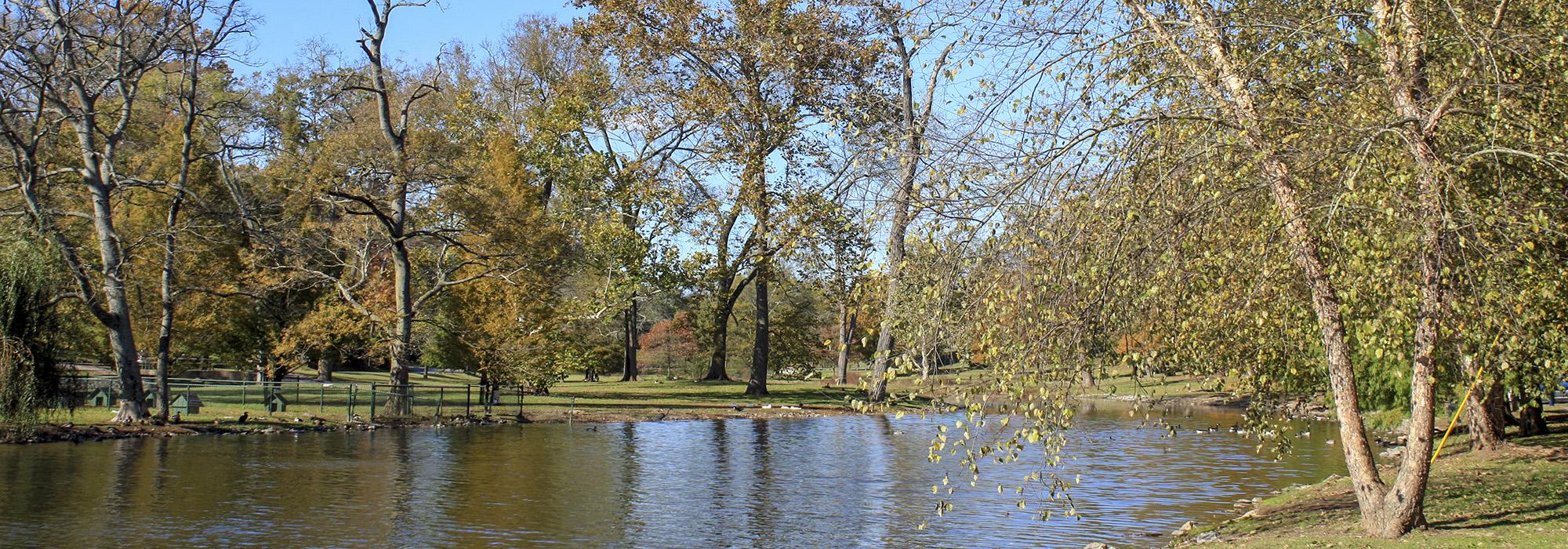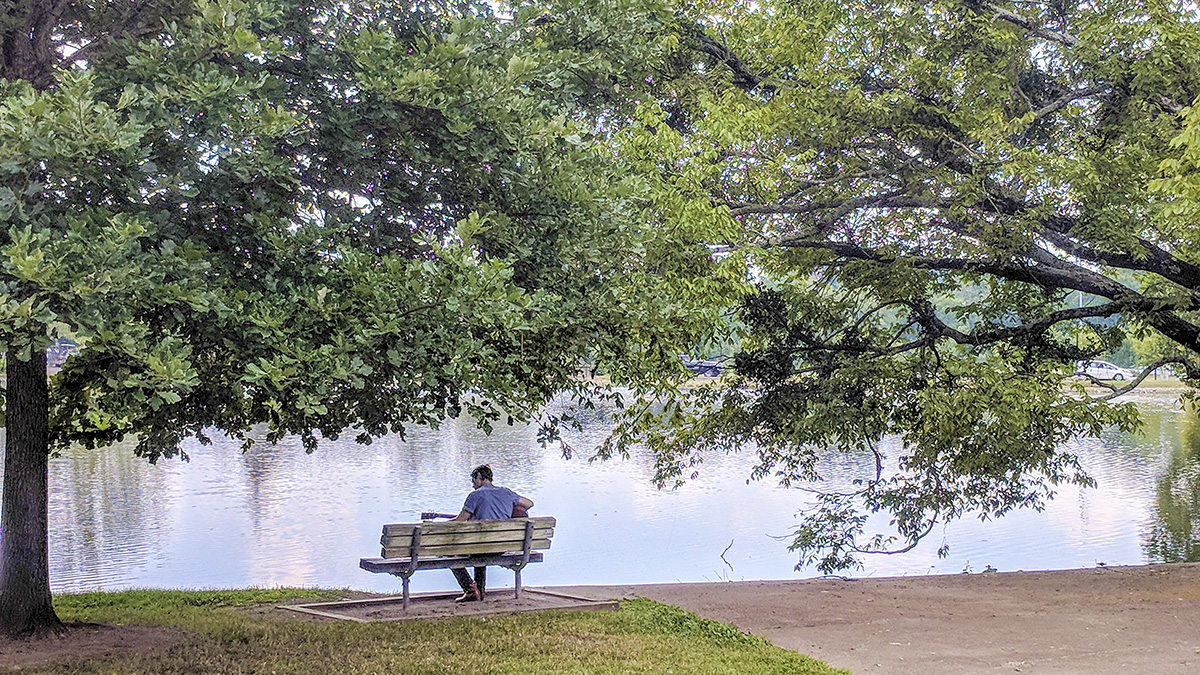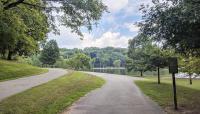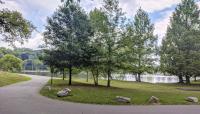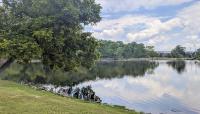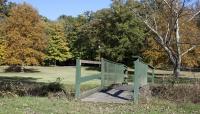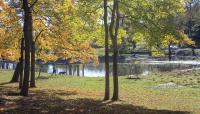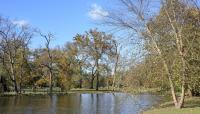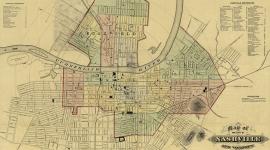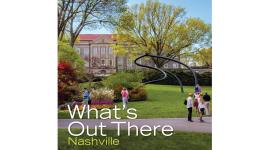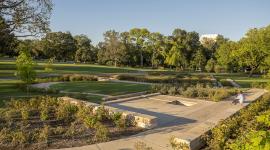Landscape Information
Developed in the 1890s by the Edgefield Land Company as a private amusement park at the end of a streetcar line, the property was the site of an entertainment pavilion staging plays and concerts for passengers. After the bankruptcy of the company in 1903, the Nashville Parks and Recreation Department, headed by Major Eugene Lewis, consolidated 151-acres of land from the amusement park with an additional donation of the 80-acre Meredith Grove (to the south) to form a 231-acre park that opened in 1912. The Shelby Golf Course, to the north of that parcel, was added in 1924.
Lake Sevier forms the core of the 366-acre park, surrounded by meandering drives and footpaths whose layout (as evinced by a planting plan from 1919) is original to the design. The park once boasted several architectural ‘follies,’ including a Dutch windmill (destroyed by fire in 1940) and the wood-and-concrete Lake Sevier Boathouse, built in the form of the prow of a riverboat at the lake’s edge. The cast-concrete water fountain shelter, designed by Lewis and located near the Lillan Avenue entrance, is the only folly still extant. Remnants of the so-called Cave Spring, built around a natural spring near the current community center, include a grotto, fountain, stone steps, and pergola. Two log comfort stations, the Mission House Lodge (no longer extant) and the Sycamore Lodge, were also built in the early years, the latter dismantled and moved in the 1980s. Several ballfields and a playground, added in the later twentieth century, occupy the level floodplain along the Cumberland River to the south. A portion of the parkland extends southwest, following the curve of the river and providing the setting for the Vinny Links Golf Course and the Naval Hill picnic area.



